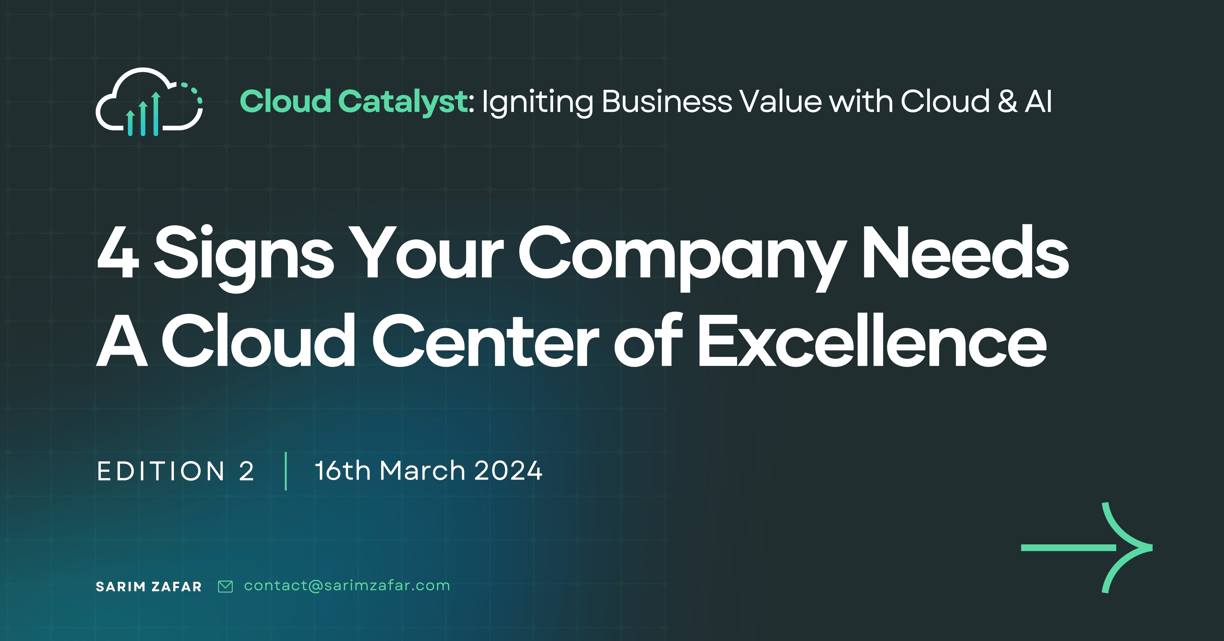3 Cloud Security Myths: Don’t Let Them Put Your Company at Risk


The average cost of a data breach globally in 2023 was $4.45 million - Data Breach Report by IBM Security.
This financial burden could be significantly reduced if organizations embrace cloud security's potential instead of clinging to harmful myths. Sadly, many decision-makers remain misinformed, perpetuating misconceptions that limit the benefits of the cloud and leave their businesses vulnerable to real risks.
Here are the three most prevalent cloud security myths you should be aware of:
Myth #1: The Cloud is Less Secure Than On-premises
On-premises infrastructures are generally believed to be more impervious to breaches because they’re under the direct management of the enterprise. While this can certainly be true, it’s not inherent to on-premise deployments.
In the real world, the cloud provides users with a plethora of security advantages that outshine traditional IT infrastructures. A few examples include data encryption, shared responsibility policies, and next-level identity and access management.
Moreover, these measures are implemented by cloud providers, meaning they are more effective than those that companies can execute themselves.
Myth #2: My Cloud Provider Takes Care Of Everything
Another common myth putting companies at risk is that the cloud provider is responsible for managing all security-related practices. This is patently false, as the cloud security model revolves around a shared responsibility between the company and the cloud provider.
The 2023 Verizon Data Breach Investigations Report reveals that 74% of all cloud data breaches occur due to misconfigurations either through human error, social engineering, privilege misuse, or stolen credentials.
Let us demonstrate just how dangerous it is to overlook this critical aspect with an example:
Say a company adopts a cloud-based CRM solution. They fail to configure their access and identity management and inadvertently give several employees excessively broad permissions. If one of those employees gets fired, nothing is stopping them from deleting or leaking customer data before you revoke their access. Keep in mind that securing data and applications (including managing compliance, configuration, and encryption, to name a few) is your company’s responsibility, with the cloud provider only being obligated to maintain and secure the underlying infrastructure and cloud services. As such, to minimize vulnerabilities, consider implementing proper access management by leveraging techniques like strong password policies, multi-factor authentication, and least privilege access.
Myth #3: Cloud Security Breaches Are Rare
Despite the long-held belief that cloud infrastructures are impervious to security breaches, this couldn’t be further from the truth. However, the cloud on its own has nothing to do with these challenges. Rather, it all boils down to complacency and the reluctance to implement effective data security procedures and policies.
For instance, many organizations make errors when configuring their cloud resources. It’s common for companies to misconfigure access permissions on their cloud storage bucket, thereby making sensitive data publicly available.
How common? According to the latest data, human error accounts for 55% of cloud breaches, dwarfing the percentage of breaches that occurred due to the exploitation of vulnerabilities and other sophisticated attacks.
In light of this information, you should never underestimate the need for continuous security monitoring, specialized employee training, and the development of a clear incident response plan - all of which can assist you in safeguarding valuable company data.
Myths Busted
Potential risks aside, cloud computing is more secure than the ancient on-premise systems some companies still rely on. What’s more, cloud providers are constantly making hefty investments in their infrastructures to deliver a better service. Since they often employ the best experts in the industry, they can also patch new vulnerabilities as fast as they are discovered.
Unfortunately, all of it doesn’t negate the effect of the human element, the leading cause of security breaches. Considering again the average cost of a breach was $4.45 million in 2023, you and your staff need to uphold your end of the deal when it comes to the puzzle that is cloud security.
Otherwise, there’s a great chance you’ll be part of the statistics.
About Me



